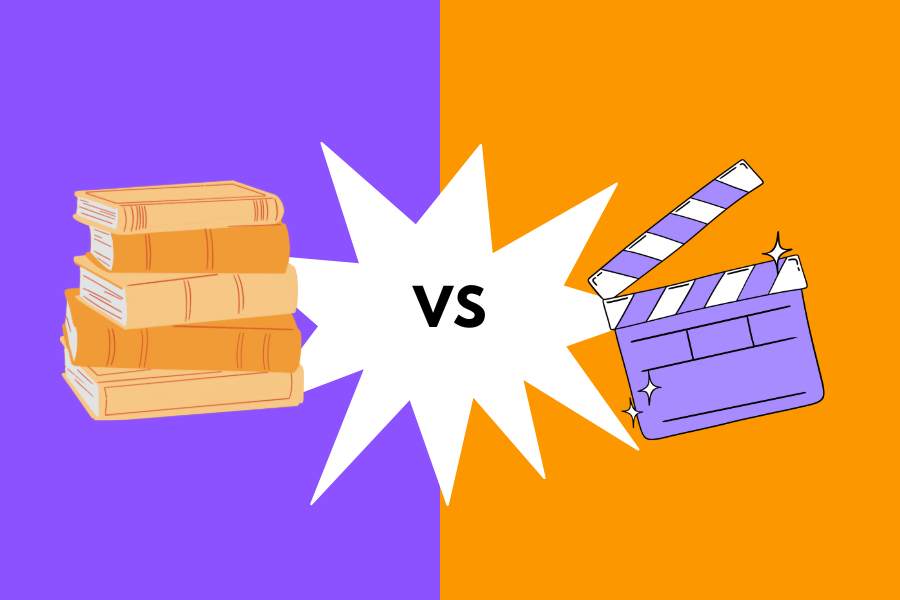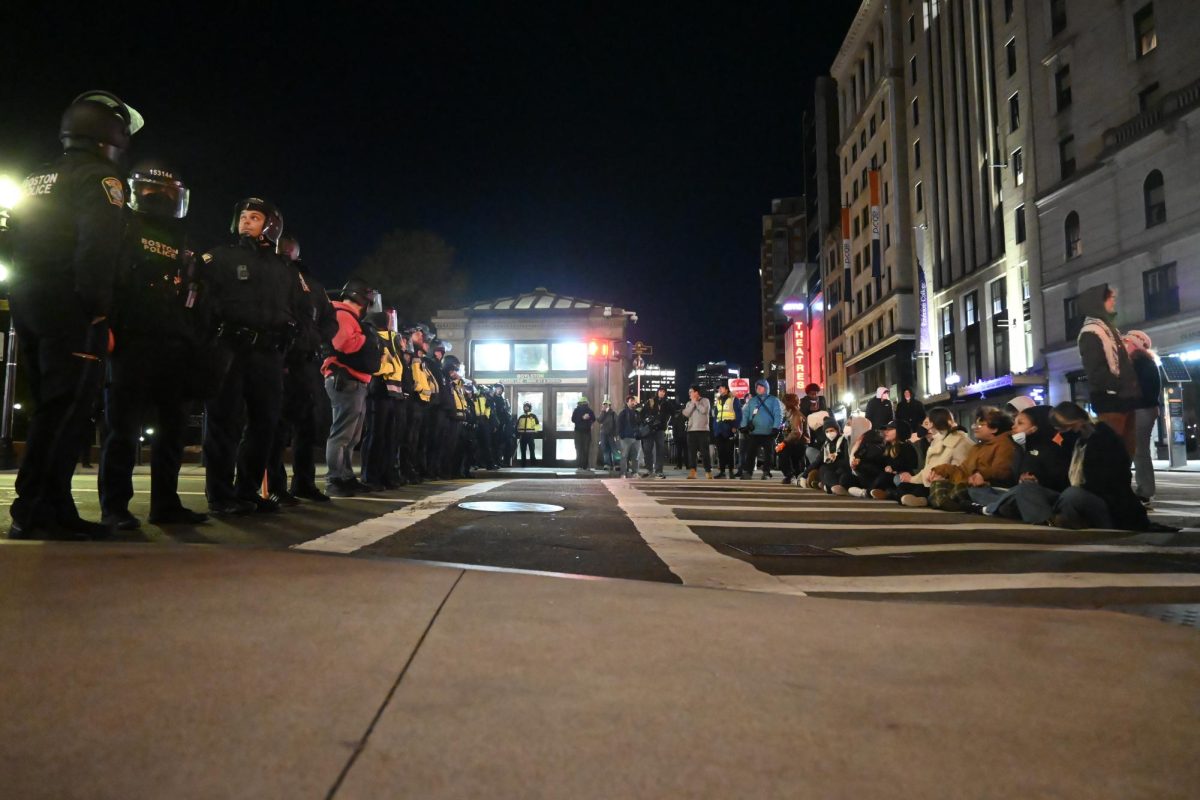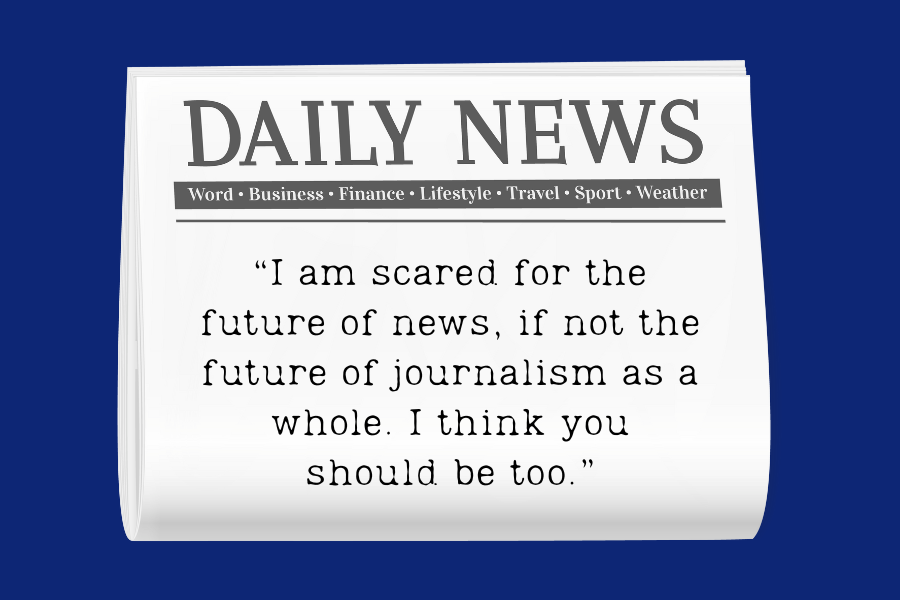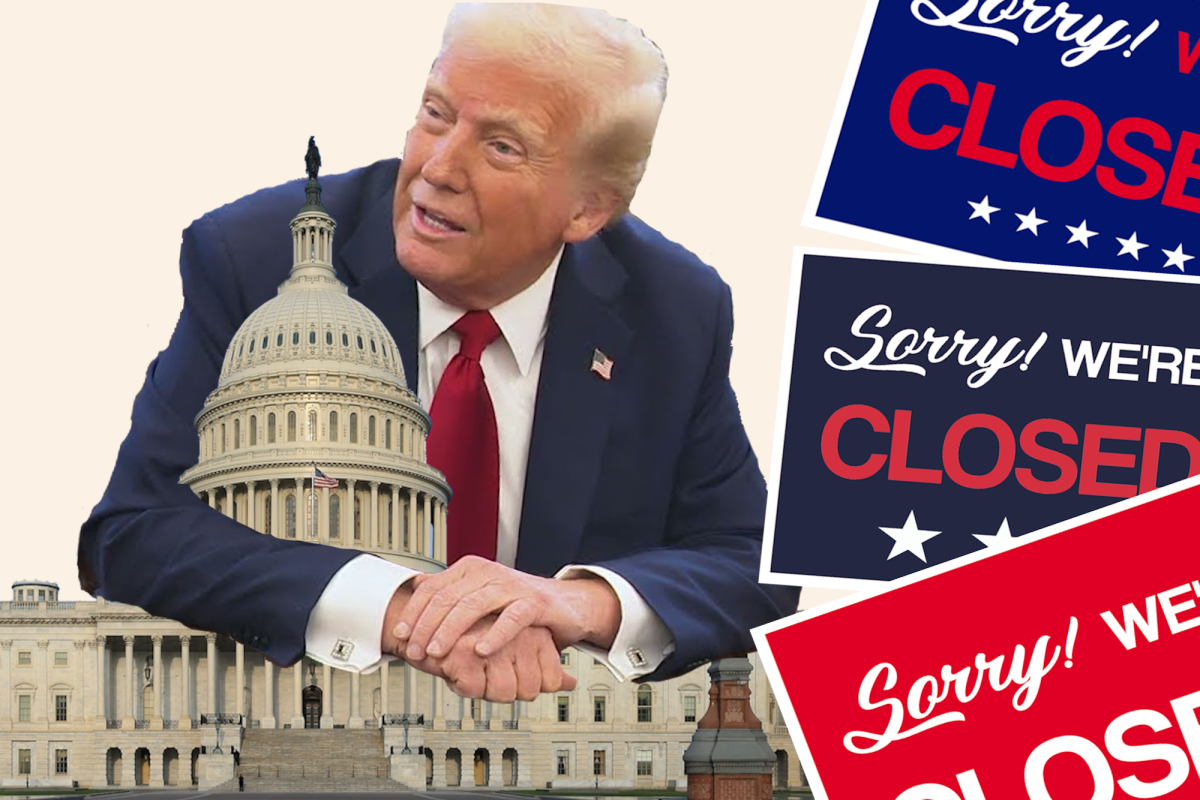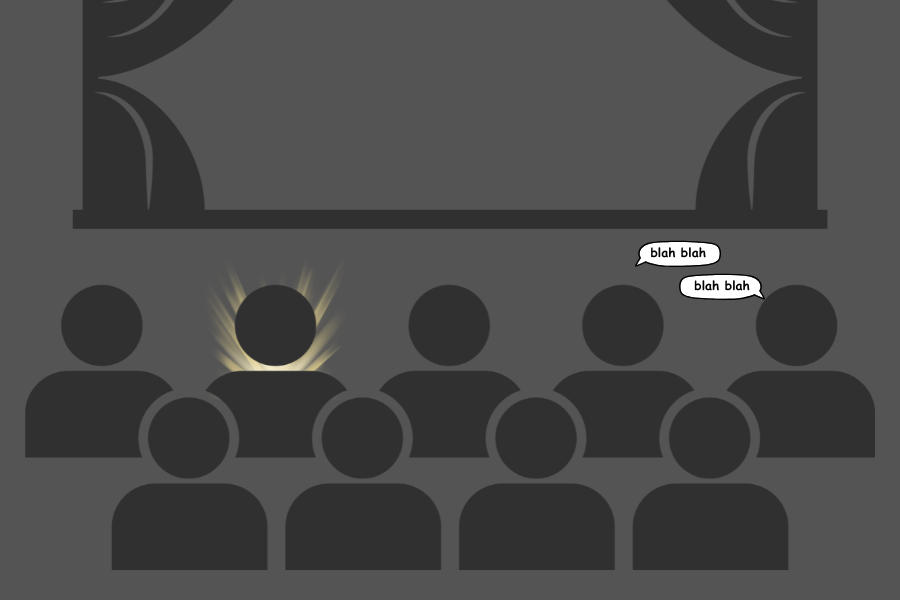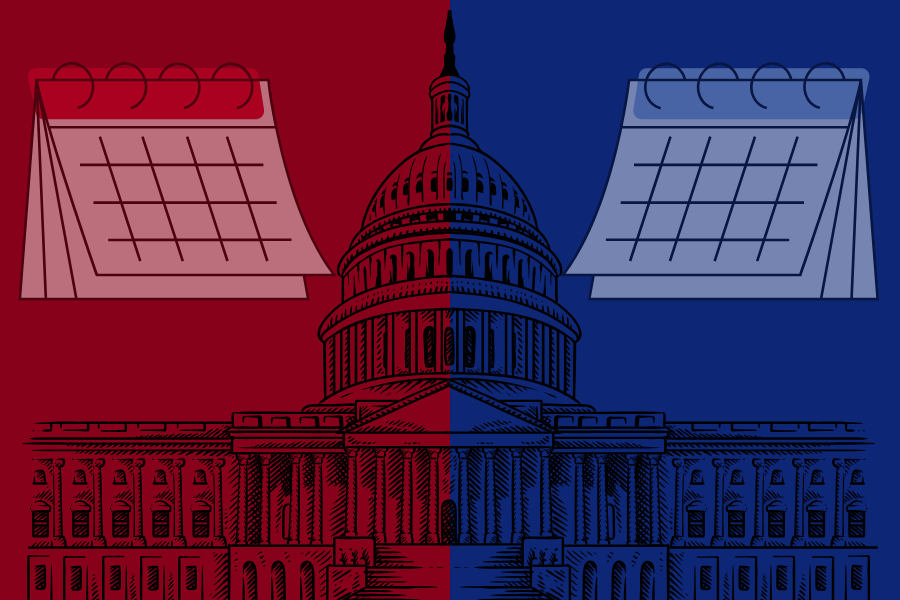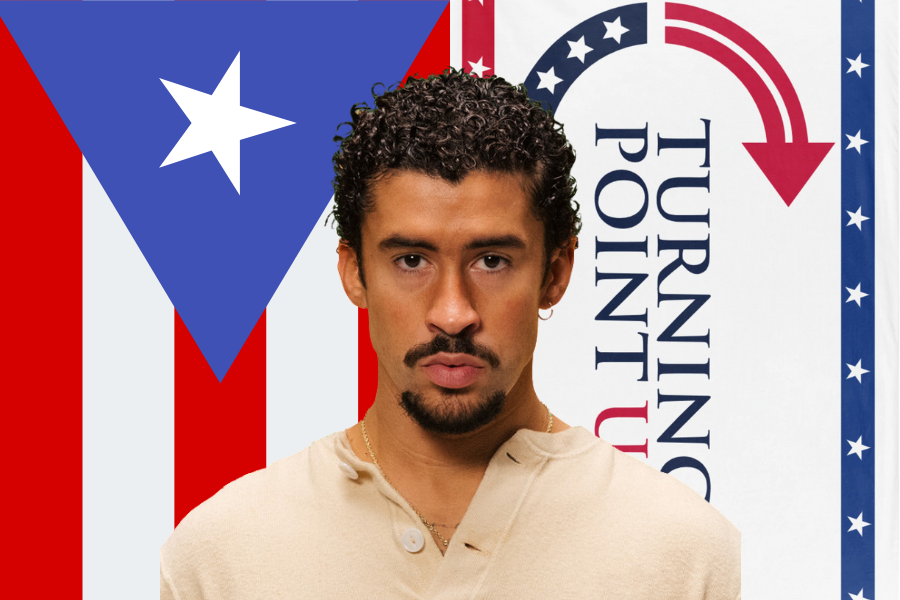There is a bizarre discrepancy between what is considered tame and, conversely, unseemly in today’s cinema.
Gratuitous violence such as varying degrees of guns, explosions and death can be met with a PG-13 rating which allows audience members 13 and older (unless with a guardian) to be permitted into the theater. Yet a film that allows detailed exploits of sexual encounters or “crude” language may be slapped with an R rating, restricting anyone under the age of 17 from coming into the theaters.
Take this year’s upcoming release Nebraska. Despite being pretty wholesome it is given an R rating due to its swearing, therefore eliminating a huge crowd who could possibly be getting the chance to see the film. How exactly is swearing more detrimental and harmful to the general viewing public than exaggerated violence that has characters being shot and killed video game style?
Compare that to 2012’s The Hunger Games where the basic premise is all about kids being forced to kill other kids for entertainment. That received a PG-13 rating which, in theory, could allow young kids to go and see this style of violence. You would imagine that would be more upsetting than a few swear words dropped here and there. However, with an R rating where would they get their targeted young adult audience? And then, where would they make back the money they spent on production and marketing?
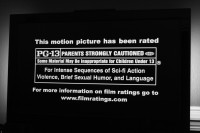
Ohio State University and the Annenberg Public Policy Center at the University of Pennsylvania surveyed gun violence in top-grossing films and found that gun violence frequency has more than tripled in PG-13 films since 1985, a year after the rating was introduced.
The Motion Picture Association of America (MPAA), a group created under a different title in 1922, treats sex as an R rating, but not violence. The MPAA definition of PG-13 rated movies is that “there may be depictions of violence, but generally not both realistic and extreme or persistent.”
What constitutes as realistic? Depending on the topic at hand they have difficulty in getting their case straight.
To compare films, take David Fincher’s The Girl With the Dragon Tattoo and Steve McQueen’s Shame, the former given an R rating, the latter an NC-17. NC-17, the most restrictive of the ratings, will get a smaller distribution and less marketing funds; it makes it so that the only audience members permitted are those strictly 17 and older, no one else. Girl With the Dragon Tattoo had a gratuitous, traumatic rape scene, gore, swearing and more consensual sex scenes with female frontal nudity. Shame has nudity, considering the topic was sex addiction, and numerous shots of male frontal nudity. So why did one get the harsher rating when one had the more obvious dubious content?
For one, there is the obvious issue of sexism, the female body is more likely to be sexualized so no matter the nature of the situation it will not seem as shocking to see it on screen than male genitalia. The other is the numerous allegations over the years directed at the MPAA for its preferential treatment of certain studios and names over others. Fincher, the director of Fight Club, is going to hold more stock that McQueen, who has only had one previous picture under his belt.
There is also the nature of the world we are living in.
Why is it that gun violence seems so prevalent in PG-13 films? As long as blood is not shown, victims are not dismembered or in obvious pain, then it is okay for a protagonist to shoot any character they want because it is so obviously not real. However, maybe it is because gun violence is not as foreign a concept to the average viewer anymore when they see it on the news channels every day. Is it because the cinematic medium over time has done its best to glamorize violence and demonize sex, one of which is more likely to pop up in everyday life? Or is it simply the medium reflecting our day and age the way that cinema has for decades, whether it be Elia Kazan’s On the Waterfront, Charlie Chaplin’s The Great Dictator, or even more recently Neill Blomkamp’s District 9; all were allegories, all were reflections of the time and era in which they represented.
Is the increasingly acceptable gun violence in PG-13 films due to MPPA lenience, or is it a mirror of the time that we are living in? I would like to believe that it is the first and yet another miscalculation by an arbitrary rating source.



